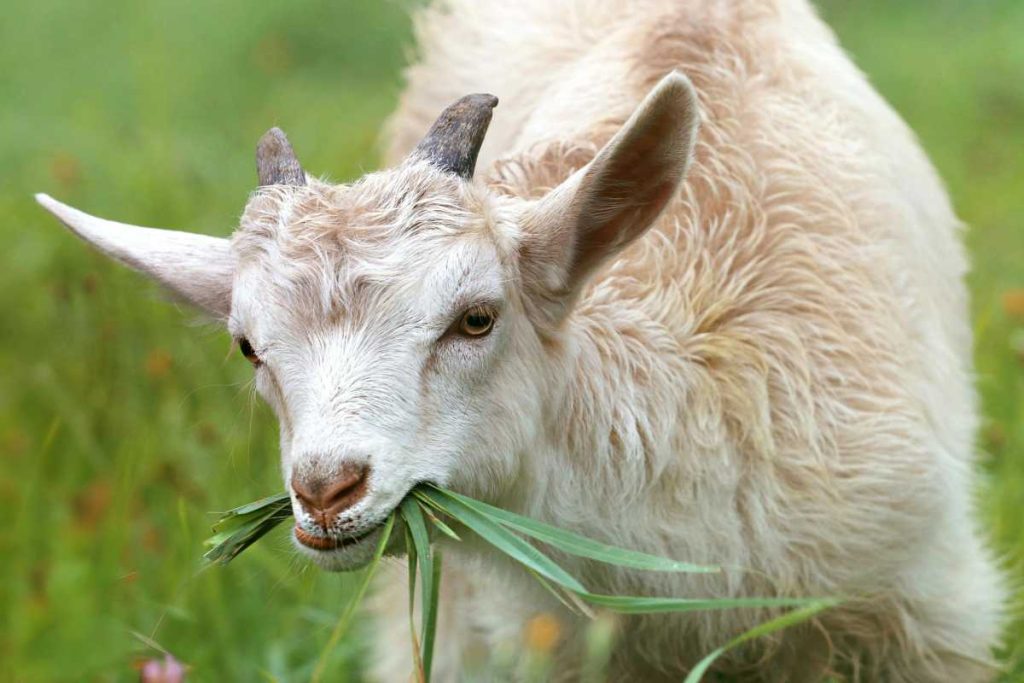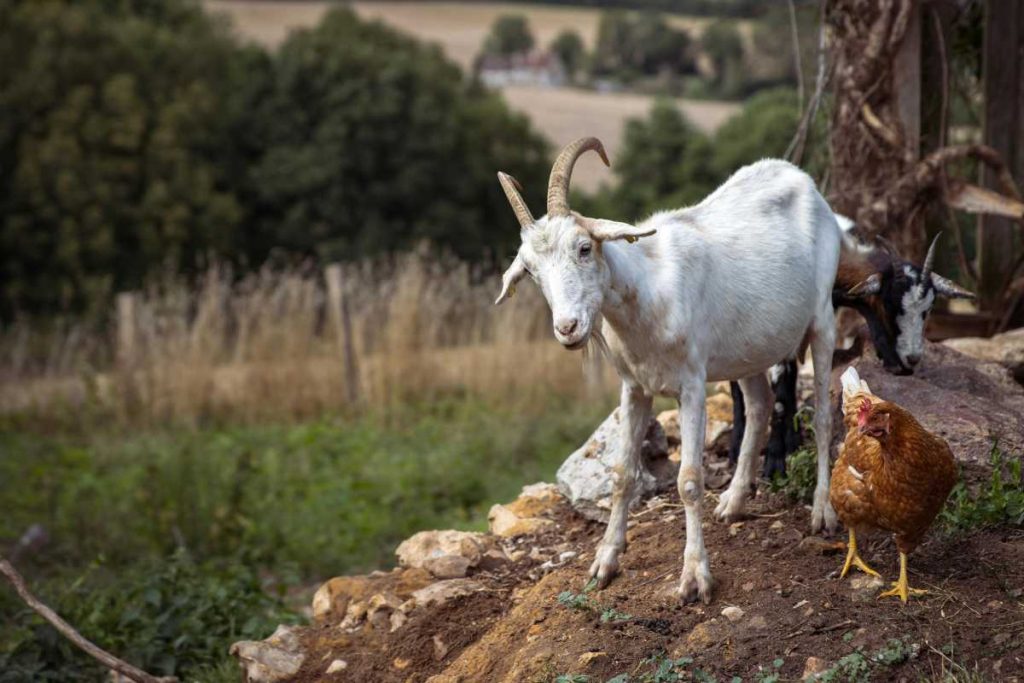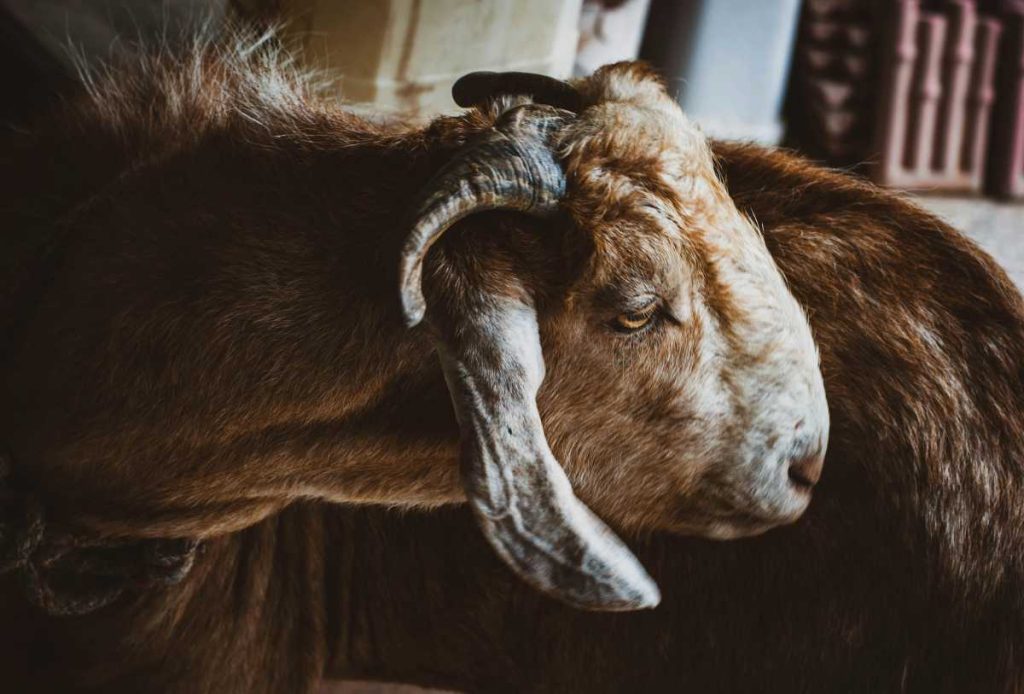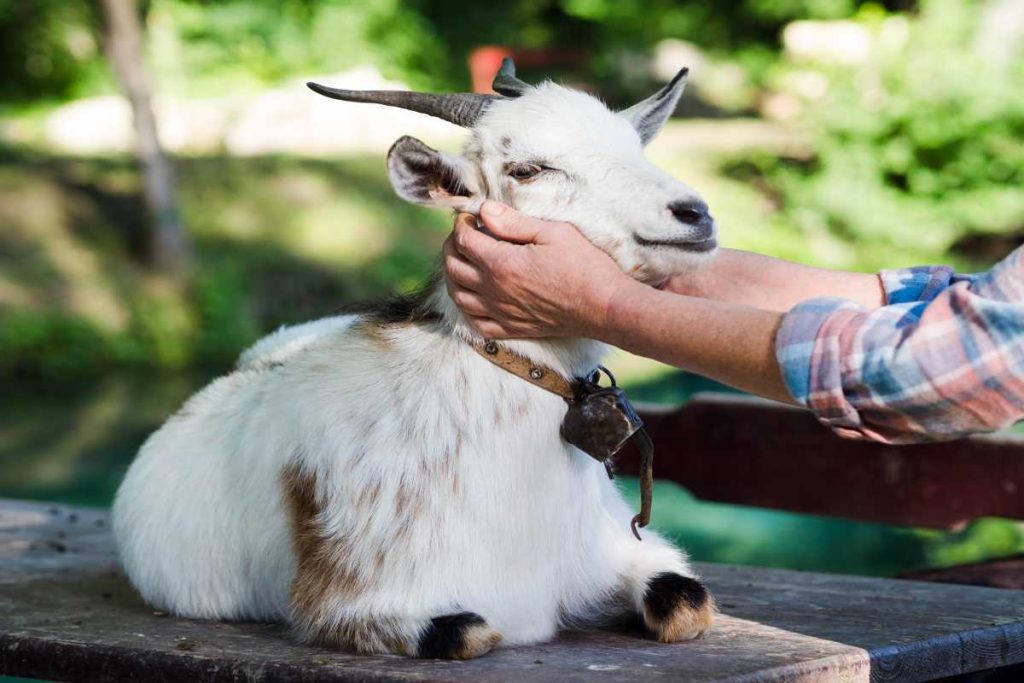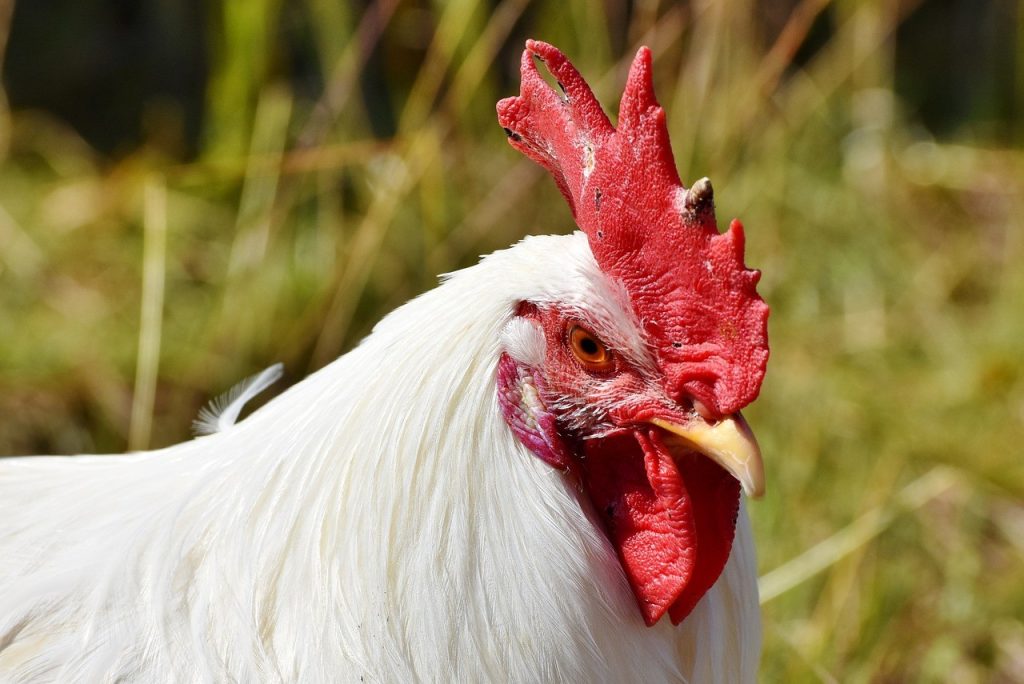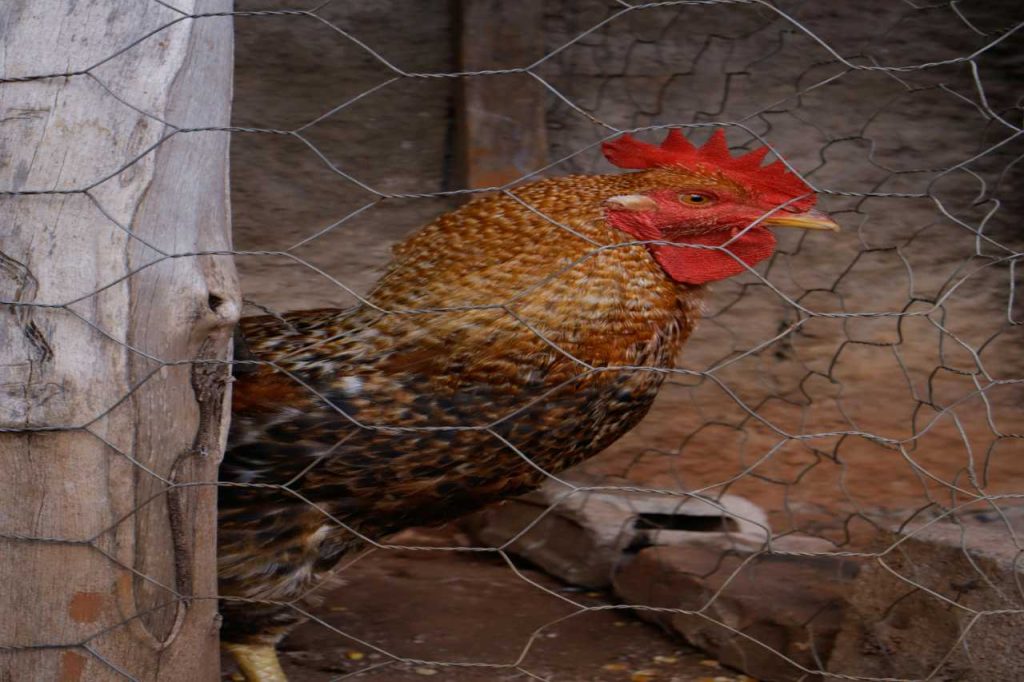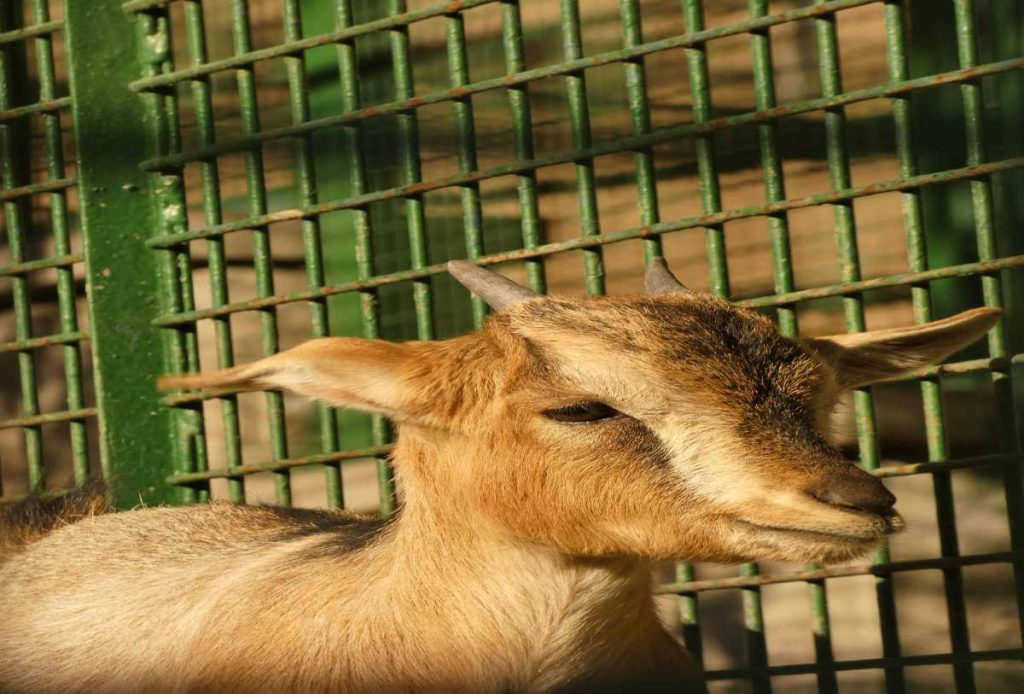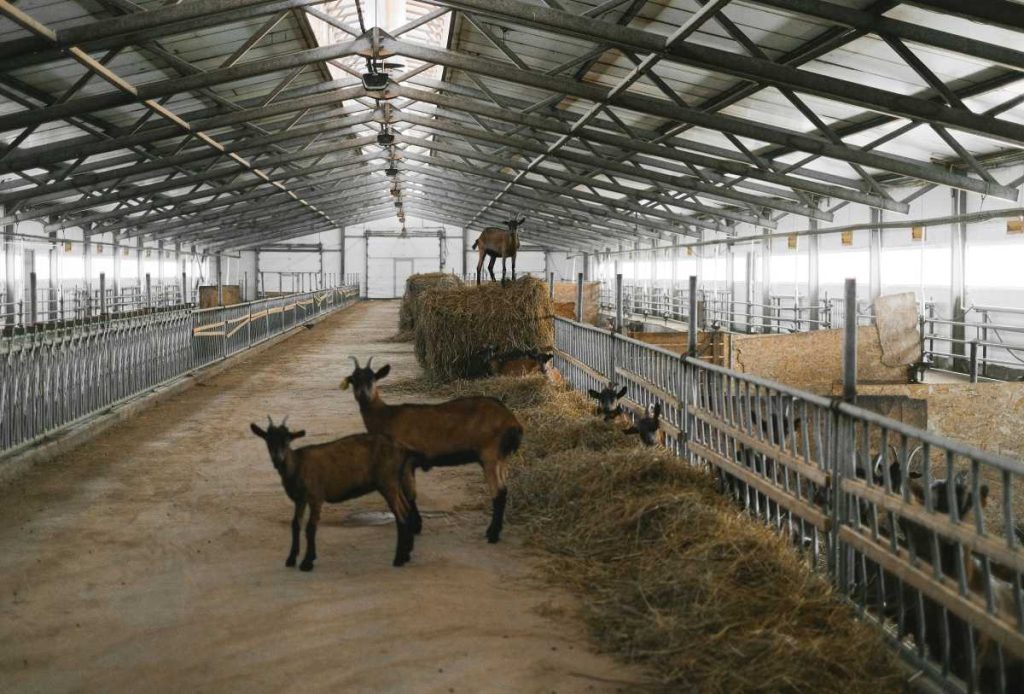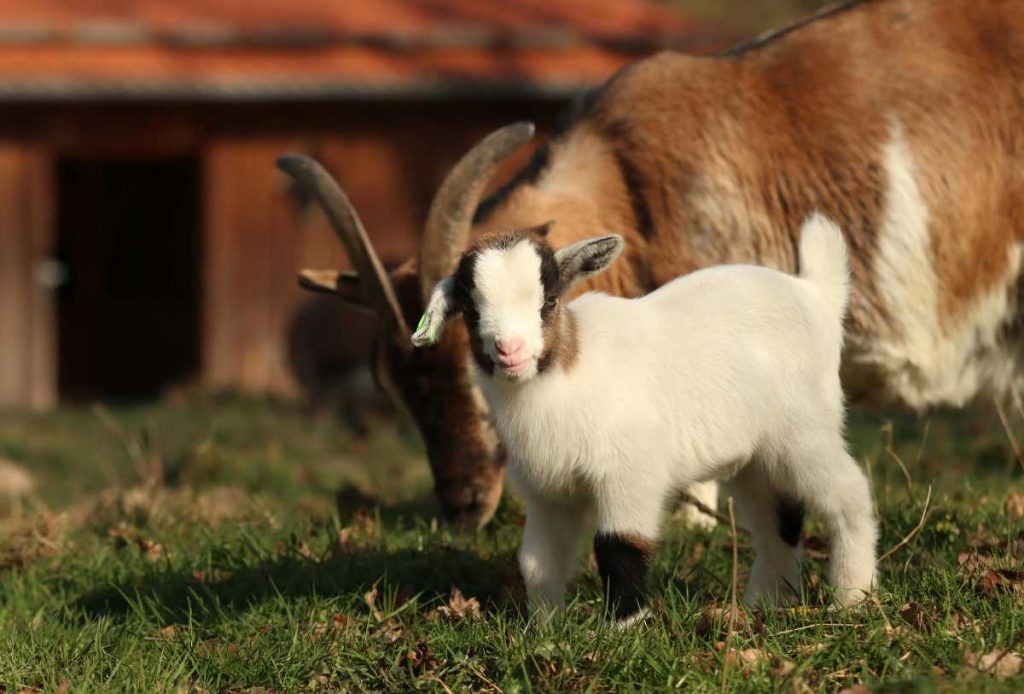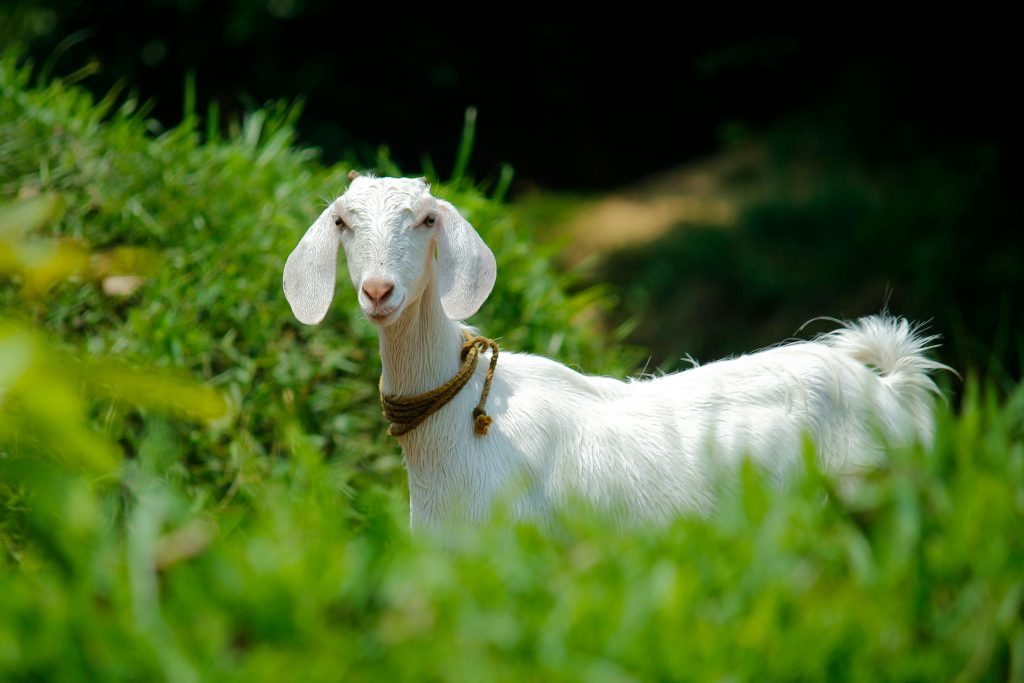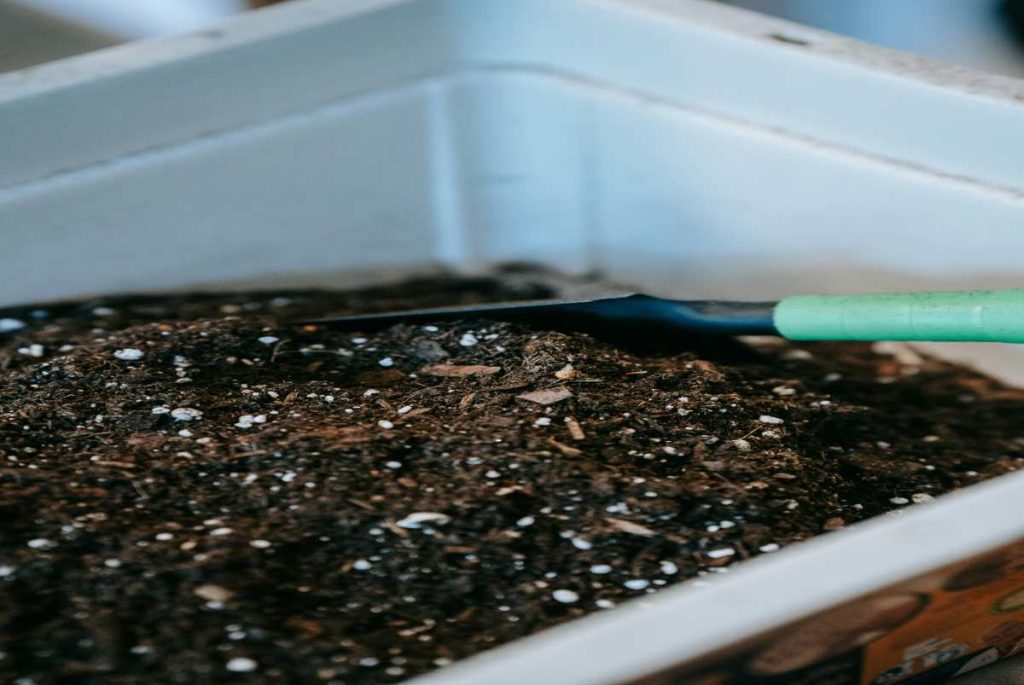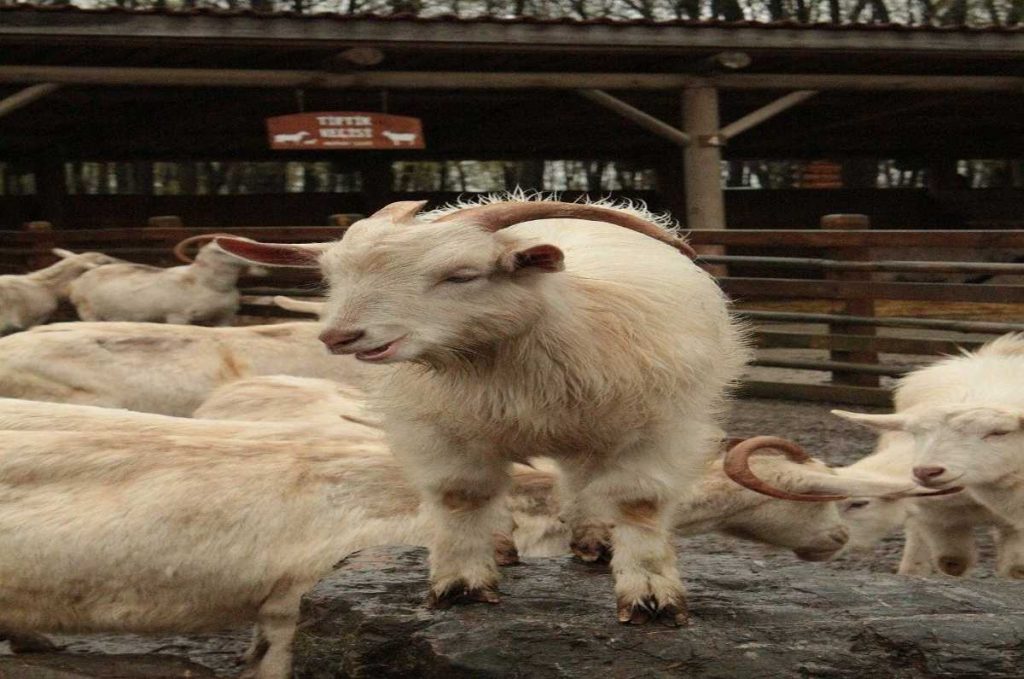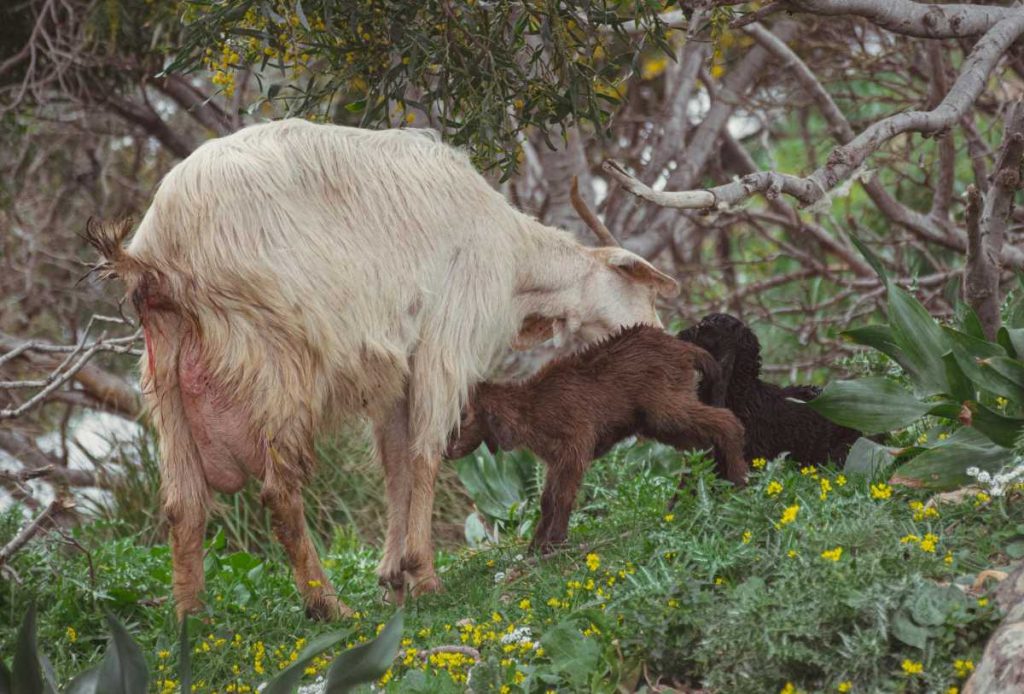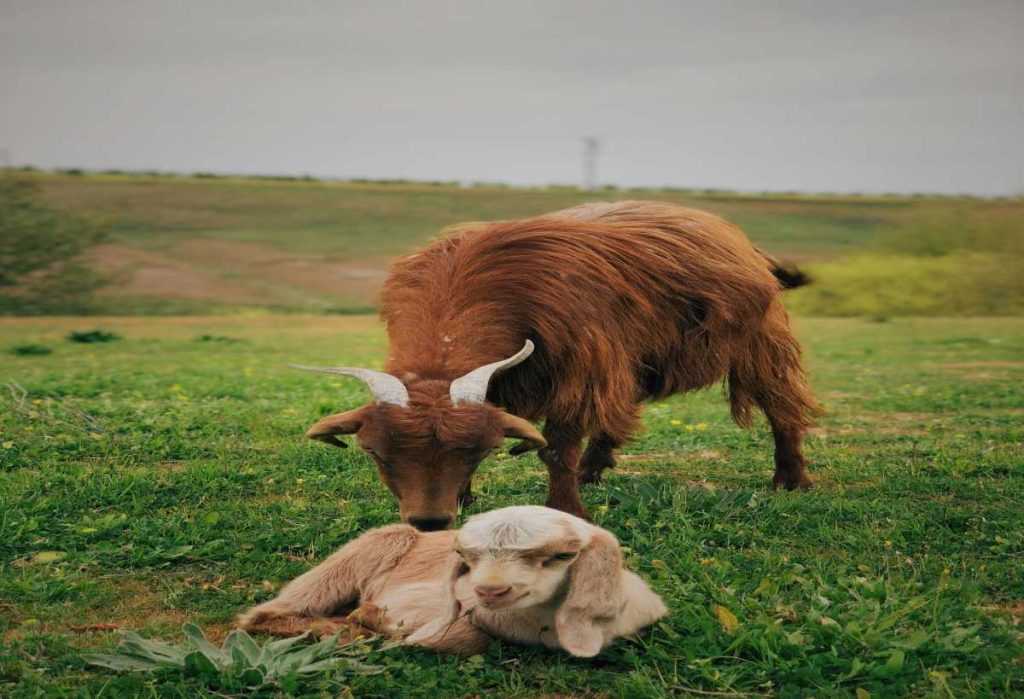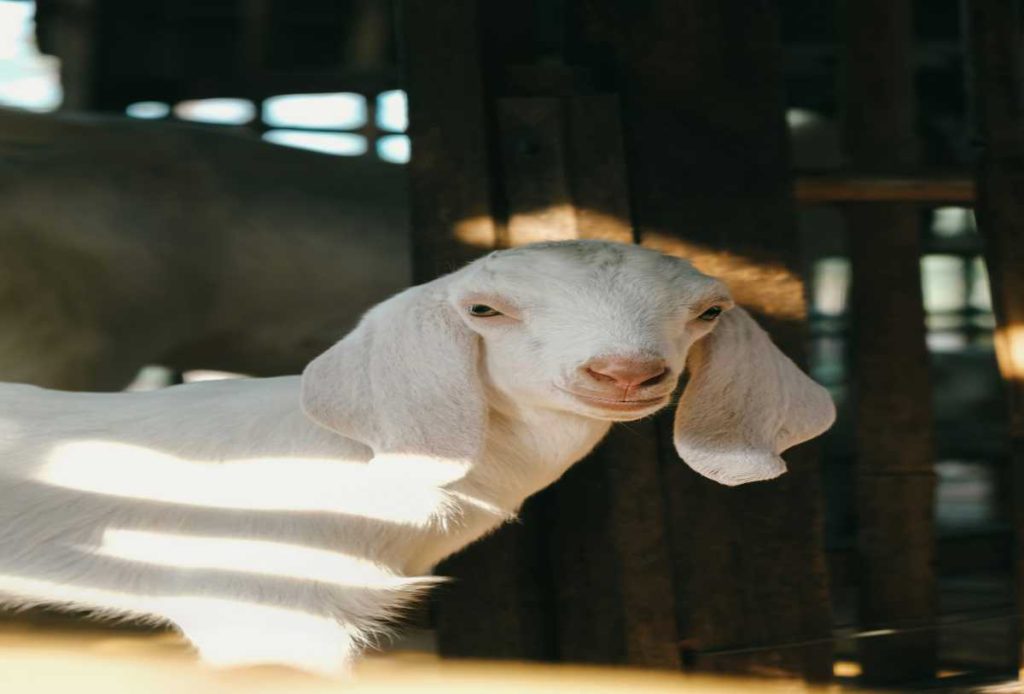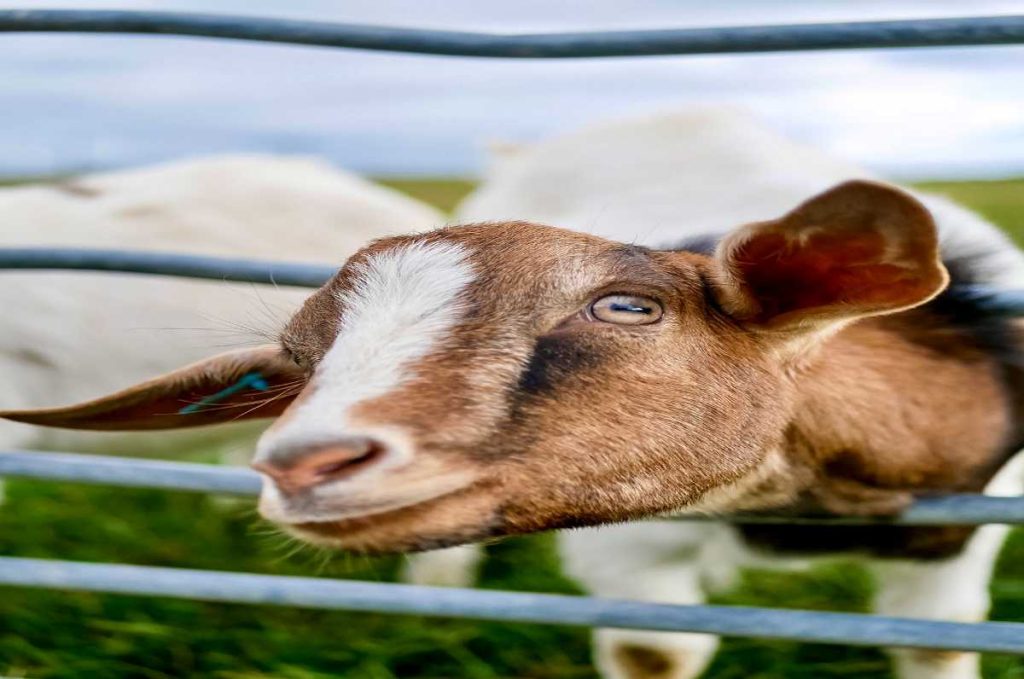Training goats is an essential part of raising a well-behaved and manageable herd, but advanced training takes things to the next level. Whether you’re preparing your goats for shows, teaching them new tricks, or simply ensuring that they are well-mannered and easy to handle, advanced training can help build stronger bonds between you and your goats while improving their overall behavior.
In this guide, we will walk you through some effective techniques for advanced goat training, offering you strategies to teach your goats impressive skills and ensure they stay calm and cooperative in all situations.
1. Start with a Solid Foundation
Before diving into advanced techniques, it’s important to ensure that your goats have a basic understanding of commands and general behavior expectations. If your goats haven’t mastered simple training tasks such as standing still, walking on a leash, or coming when called, start there before progressing to more complex training.
Steps to Build a Solid Foundation:
- Teach basic commands: Begin with simple commands like “Come,” “Stay,” and “No” to help your goats understand your expectations.
- Leash training: Get your goats used to wearing a collar or harness and walking on a lead.
- Positive reinforcement: Always reward good behavior with treats or praise to encourage repetition.
Once these basics are mastered, you can gradually move on to more advanced techniques.
2. Leash Training for Controlled Movement
Leash training is essential for controlling your goat when out and about, whether you’re showing them at a fair or simply taking them for walks. Advanced leash training goes beyond the basics and can help you teach your goat to walk politely without pulling or darting around.
Advanced Leash Training Tips:
- Loose-leash walking: Train your goat to walk beside you without pulling on the leash. Gently tug when they pull ahead, and reward them when they return to your side.
- Stop and start: Teach your goat to stop walking when you stop, and start walking again when you give the command. This is useful for keeping them under control in crowded areas or when stopping for a rest.
Tip: Use a long lead (15-20 feet) in a safe, enclosed area to practice walking and stopping commands.
3. Teach Your Goat to Carry a Pack
Goats are natural pack animals, and teaching them to carry a small pack is an excellent way to provide them with a productive task. Not only does it give your goat something to do, but it also helps build their confidence and bond with you.
Steps to Train Your Goat to Carry a Pack:
- Start with light weight: Begin by introducing your goat to a lightweight pack, making sure they are comfortable wearing it.
- Gradually increase weight: Once your goat is used to the pack, gradually add more weight, ensuring it’s evenly distributed.
- Encourage movement: Use positive reinforcement to encourage your goat to move while wearing the pack. Go for short walks and gradually increase the distance.
Tip: Always monitor your goat’s comfort, and avoid overloading them with too much weight.
4. Advanced Herding Training
Herding goats can be a rewarding skill, whether you’re working on a farm or just want to improve your goat’s obedience. While some goats have natural herding instincts, others require more structured training to learn how to follow commands and stay with the herd.
Herding Training Steps:
- Teach basic direction commands: Start by teaching your goat to respond to basic directional commands, such as “Left,” “Right,” and “Come.”
- Use a herding dog: A trained herding dog can help guide your goat during training sessions. The dog will help demonstrate the importance of following instructions.
- Build trust: Create a positive relationship with your goat through patience and consistency. Once your goat trusts you, they will be more willing to follow directions during herding.
Tip: Gradually increase the complexity of your herding sessions by introducing obstacles like gates and paths to navigate through.
5. Trick Training: Fun and Impressive Skills
Goats are intelligent creatures that can learn a wide variety of tricks. Advanced training can include teaching your goats fun skills that can impress visitors or help with daily tasks around the farm.
Popular Goat Tricks to Teach:
- Jumping through hoops: Set up a hoop and encourage your goat to jump through it, rewarding them with treats for completing the action.
- Sit on command: With patience, teach your goat to sit on command. This is particularly useful for shows or simply to calm your goat during stressful situations.
- Fetch or retrieve items: Some goats can learn to fetch small items or even bring them back to you when commanded.
Trick Training Tips:
- Use short, consistent training sessions to avoid overwhelming your goat.
- Start with simple tricks and gradually add complexity.
- Always use positive reinforcement such as treats, praise, or even a favorite toy.
6. Desensitize Your Goat to New Environments and Situations
Exposing your goat to various environments, sounds, and experiences will help them become more adaptable and less fearful in stressful situations, like during veterinary visits or shows. Desensitization is a form of advanced training that can benefit both the goat and the owner.
Desensitization Techniques:
- New environments: Gradually expose your goat to different areas of your property, making sure they are comfortable with the sights, sounds, and smells.
- Unusual sounds: Play various sounds, such as traffic, dogs barking, or machinery running, and reward your goat when they remain calm.
- Crowded areas: Take your goat to public spaces, like local fairs or shows, and help them get used to being around large crowds and unfamiliar animals.
Tip: Always move at your goat’s pace during desensitization training and be sure to reward calm behavior.
7. Training for Show Ring Success
If you plan on entering your goats into shows, advanced training is key to helping them perform well. This includes teaching them to walk correctly, stand in position, and stay calm under pressure.
Show Ring Training Tips:
- Teach the “set” position: Practice getting your goat to stand still with their legs positioned correctly for judging.
- Training for the walk-around: Practice walking your goat in a controlled manner, ensuring they stay calm and well-behaved as you walk them around the ring.
- Get your goat used to noise and crowds: Show environments can be noisy and crowded, so it’s important to train your goat to stay composed in these stressful situations.
Tip: Start practicing well in advance of the show date so your goat becomes comfortable with the routine and environment.
8. Maintaining Positive Behavior with Advanced Training
As with all training, consistency and patience are key. Advanced goat training can be challenging, but maintaining positive reinforcement and keeping training sessions fun will encourage your goat to stay engaged and cooperative.
Tips for Maintaining Positive Behavior:
- Set clear boundaries: Establish consistent rules for behavior, and ensure that your goat knows what is expected of them.
- Reinforce good behavior: Use treats, praise, or affection to reward your goat for good behavior.
- Keep training fun: Make training sessions enjoyable by incorporating playtime or other activities your goat enjoys.
Conclusion
Advanced goat training can be incredibly rewarding, both for you and your goat. Whether you’re looking to enhance your goat’s performance in shows, improve their behavior around the farm, or simply teach them a few fun tricks, there’s a lot you can do with the right approach. By building a strong foundation, using positive reinforcement, and applying these advanced techniques, you can ensure your goats are well-trained, well-behaved, and a joy to have around. Happy training!
